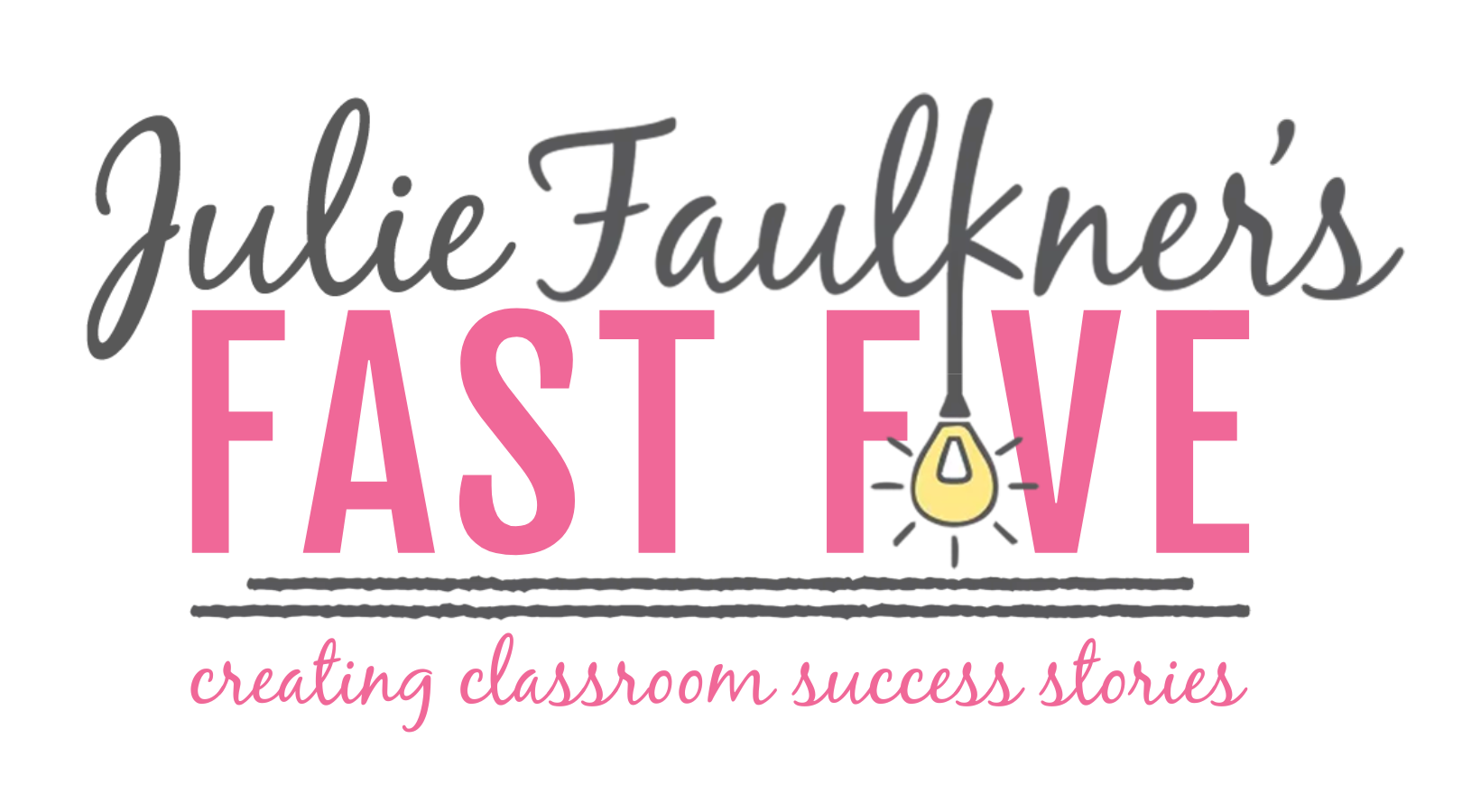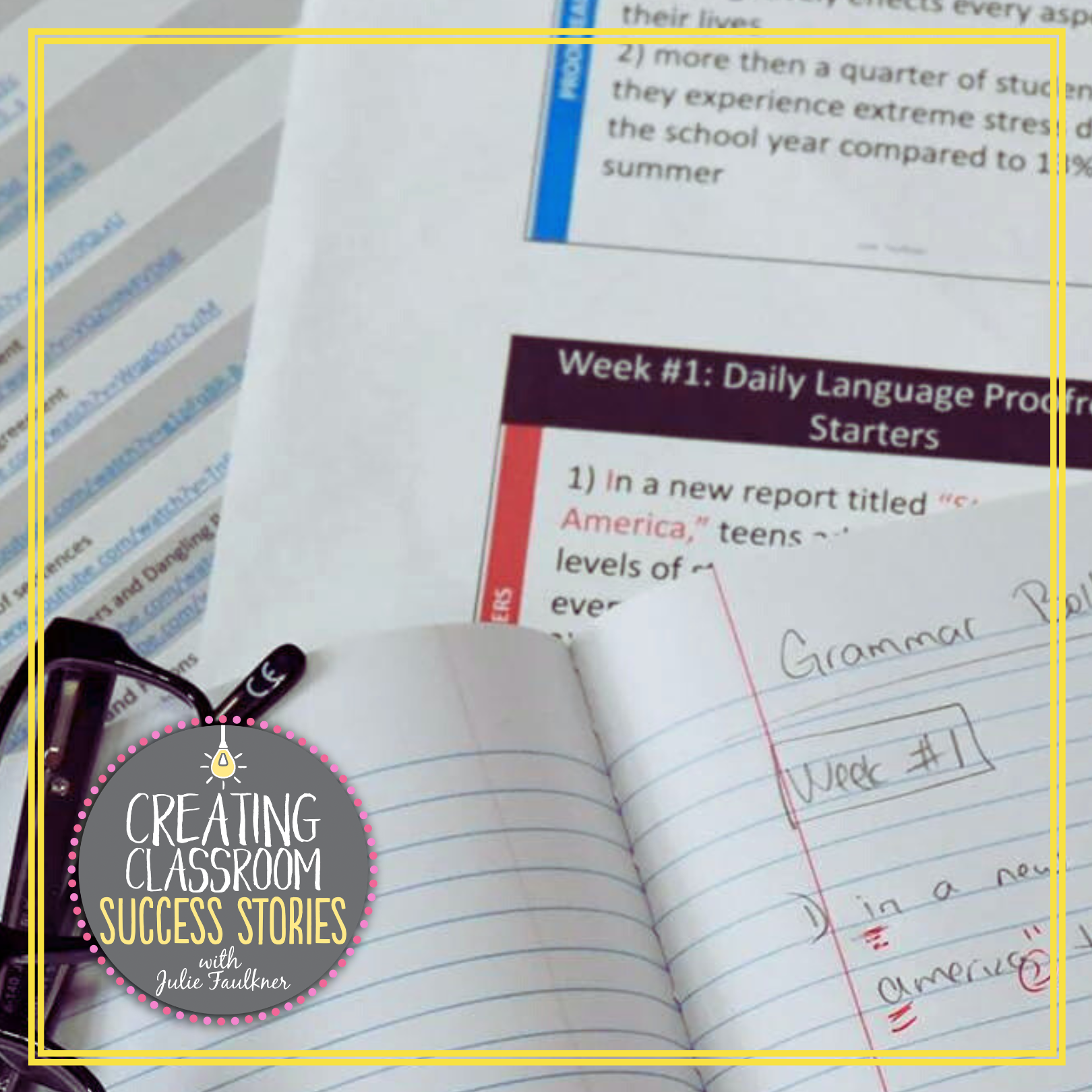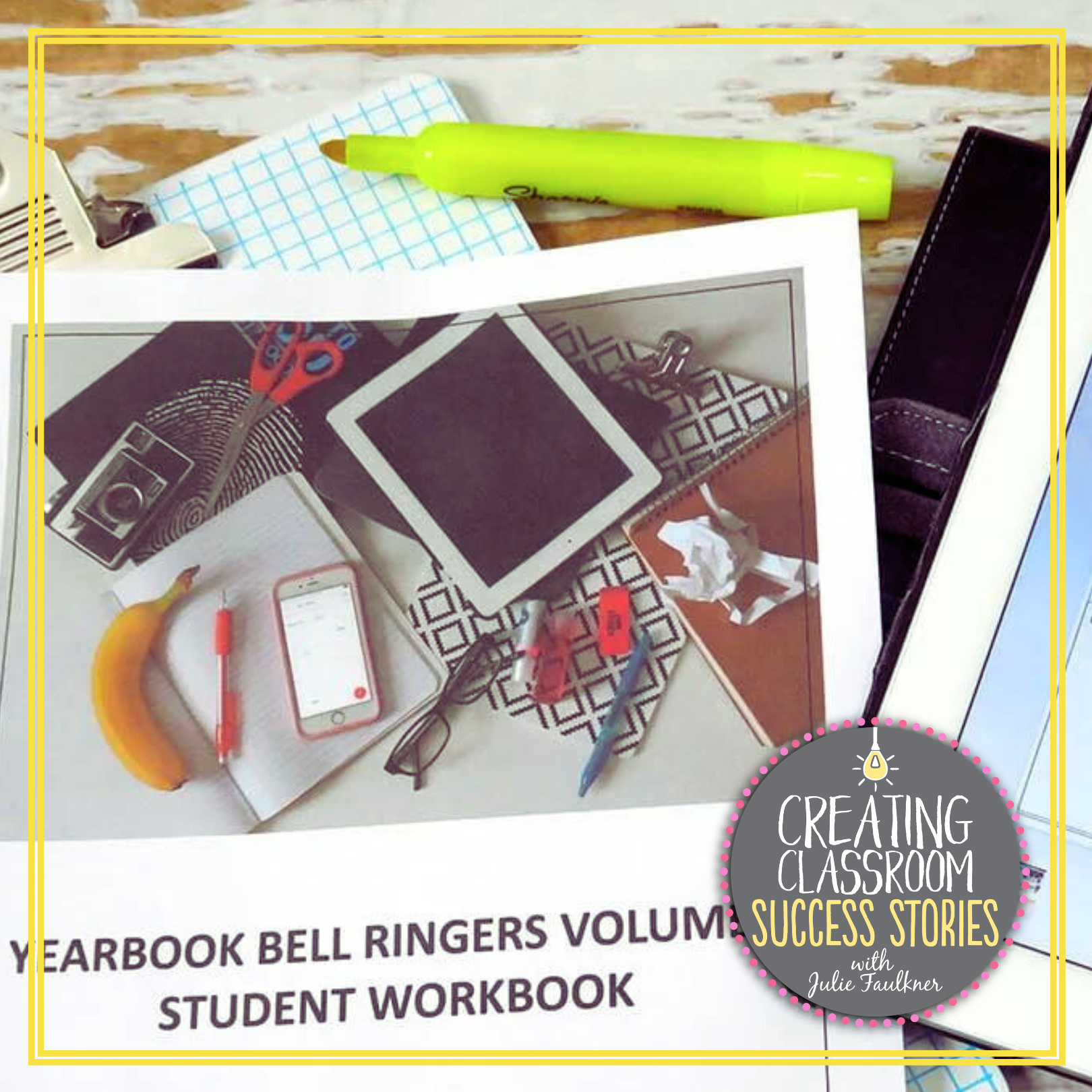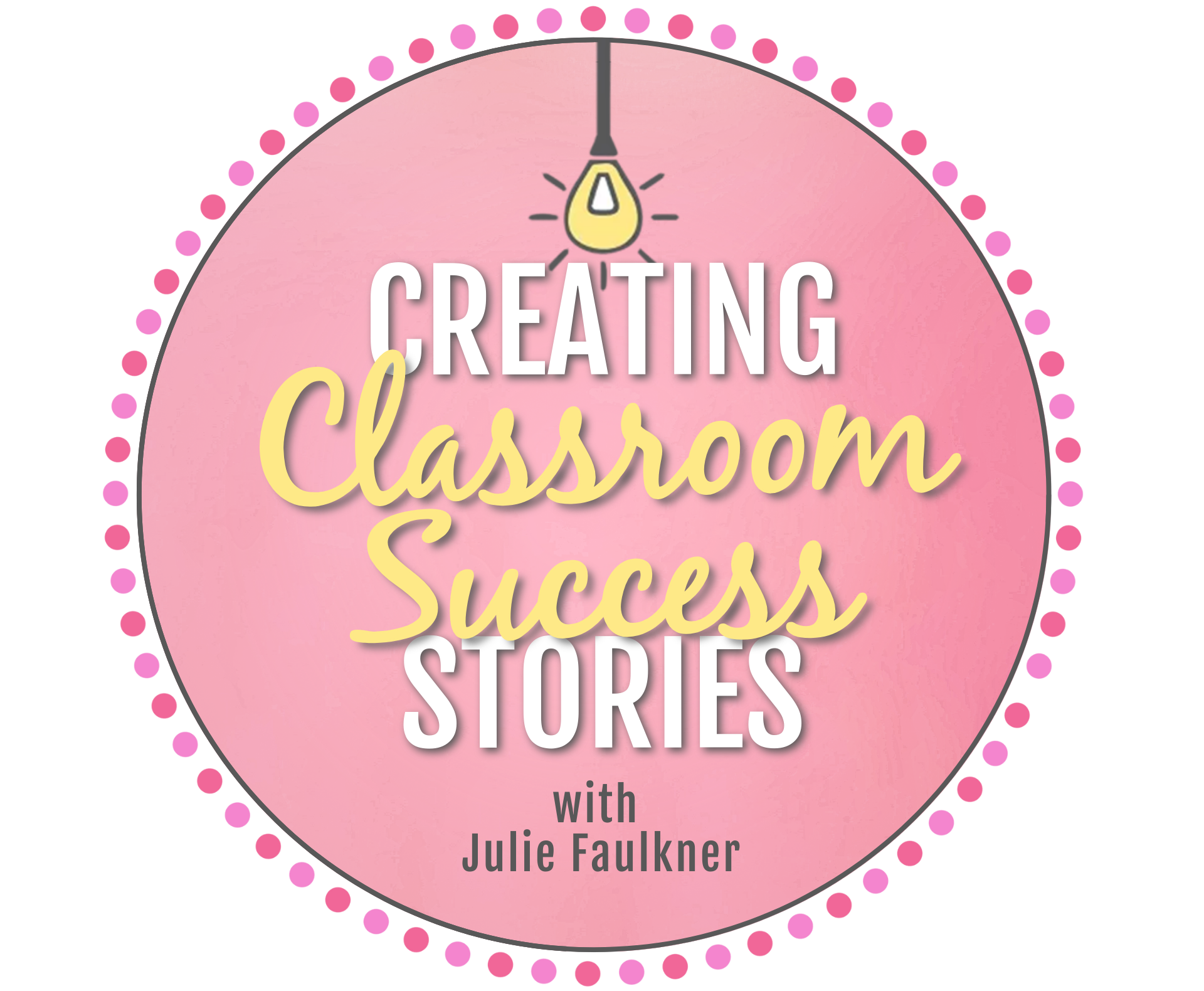End-Of-Year Reflection: Top 5
Classroom Success Stories of 2018
It seems to me that 2018 has been quite the long year… but then again it does feel like I was just rounding the corner of 2018 not too long ago, and here we are already at 2019. One of the most important things we can do as teachers is reflect, and so that’s why I love this annual blog post. It’s been my new year tradition for the past several years (2015, 2016, 2017), and choosing only five moments is always so hard, but here goes: My top five classroom success stories of 2018! This year in review…
1. Read-o-Lution
Reading is the hallmark – the cornerstone – of any English classroom, but let’s face it: In today’s time, even reading can sometimes take a backseat to everything else we cover. And with our teens walking around with tiny TVs in their hands at all times streaming the latest Netflix Original or watching the newest Youtube sensation, there isn’t much reading going on. I started the second semester (Jan 2018) with a focus on reading and having my juniors make a reading resolution or “read-o-lution” after studying an article about the importance of reading. If you are a Common Core state, you can use the reading passage from Appendix A to discuss the importance and value of reading. If not or if you just want something ready-to-go for the new year, I have this super simple informational hot topics lesson on how Reading Is Good For Your Brain. Throughout the year, I implemented my Article of the Week program, too (another blog post to come on that this year but you can get the materials for it here now). We also read more full-length short fiction texts in class, and my honors students read an out-of-class novel for book clubs. (See more about my book clubs here). I also set up a mini classroom library, and students checked out books all year long that way. I left their poster up the rest of the semester, and many students truly did make efforts to take reading more seriously and achieve their reading resolution.
2. Podcasts
I love introducing students to something new, and surprisingly Podcasts were actually kinda new to my students. They had, of course, heard of them, but they never really listened to them. Again… why would they when they could just watch something on the tube? I actually used Podcasts two ways this year. First, with my yearbook staff, we listened to a Podcast crime series when we finished our book. Up and Vanished (Season 1 carefully edited) was the perfect way to get my staff engaged. They completed a casebook to keep track of their listening and crime solving. That casebook is free in my TeachersPayTeachers store. Second, in my English class, we did some spooky Podcasts from Lore during Halloween, and students took notes on a podcast worksheet I created. (Get those here.) Then, they wrote their own spooky stories. My students wrote some really amazing stories: We had many laughs and many spooky cold chills, too! Readers of my email newsletter Teaching Tidbits with Julie Faulkner got that activity for free back in October. Be sure to sign up for that email at the bottom of the page, so you don’t miss anymore goodies. You can also see some of my Podcast suggestions via this link over to my Facebook page at Julie’s Classroom Stories.
3. Victorian Tea Party
Another focus I had this past year was on careers. Whether students were going straight to a career or college after senior year, I still wanted them to be focused on their futures in terms of where will they work when it’s all said and done. I’ve found that this year especially, my students are so uncertain about what they want to do, and they don’t even really have any idea what’s out there. I’m going to be adding a few more career-based lessons in the new year to possibly help students get a better idea of what their options are and what might be a good fit for them. But this project was an interesting way for students to really think about who they are as a person and what they’d like to become — just like our gal pal Eliza Doolittle in Pygmalion/My Fair Lady. Hats are a huge symbol in this text, and I wanted students to not only understand and recognize that symbol and it’s role in the characterization, but I also wanted them to make text-to-self connections as well. I loved seeing how their hats turned out, and it was a fun way to make a class party text-based. See this activity and all the instructions here in my TpT store.
4. Sieve and the Sand Experiment
I’ve lost count how many times I’ve taught Fahrenheit 451 over the years, but this year I did something new that I’d never done before: a science experiment. No, we didn’t burn anything… though it alarms me how many people want to burn books as part of teaching this unit. (Insert “I dunno” emoji here.) This was actually an experiment that brought the text to life and helped students get hands-on with Bradbury’s choices. I hid a few “surprises” in the sand for students to find, but ultimately, my goal of them being able to use the experiment as a jumping off point for discussion during book club meeting was super successful. I was really proud of how they went back to the text to see what Bradbury said and truly analyzed Montag’s memory. Get my 451 unit here.
5. Character Stockings
About once a year I can get it together to make a huge reading display outside my classroom door. I wish I could do it more often, but quality over quantity, right? This year, we were inspired by Fahrenheit 451 to design a hearth and decorate it for Christmas. I drew the outline for the hearth and printed up the stockings using clip art. Several of my students drew the fire and bricks and put on the finishing touches with paint. Each student then chose one character from the novel and designed a stocking for that character using text-based details. I LOVE the way it turned out!! I’m so proud of it, I’ll probably be “one of those people” who leave their Christmas decorations up year-round. LOL!
As you can probably see, this year was about all about a focus on reading — fiction and nonfiction. I wanted students to see the value in reading and truly immerse themselves in it. Making text-to-text connections, text-to-world connections, and text-to-self connections really taught students to dig in and read closely. I think the reading focus paid off: Just seeing students doing more guided reading in class and independent reading out was fulfillment enough, but we also saw major improvements in ACT reading scores with students making gains of 5-6 points on the reading section and some students scoring 30+. That sounds like a great year to me! Share your best moments of 2018 below, and here’s to having your own classroom success stories in 2019!
Love this content?
Sign up for my email newsletter with more tips, ideas, success stories, and freebies!

























